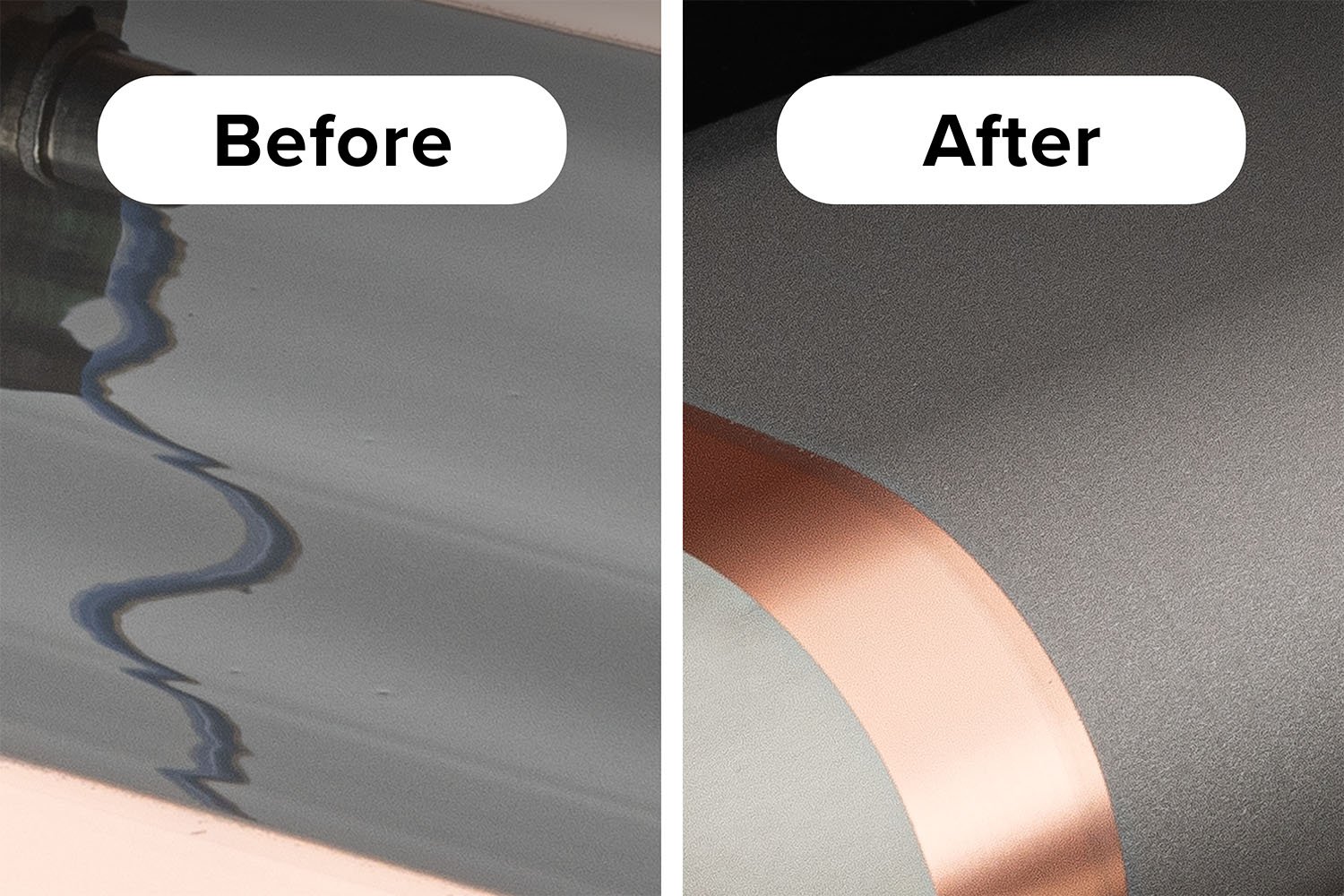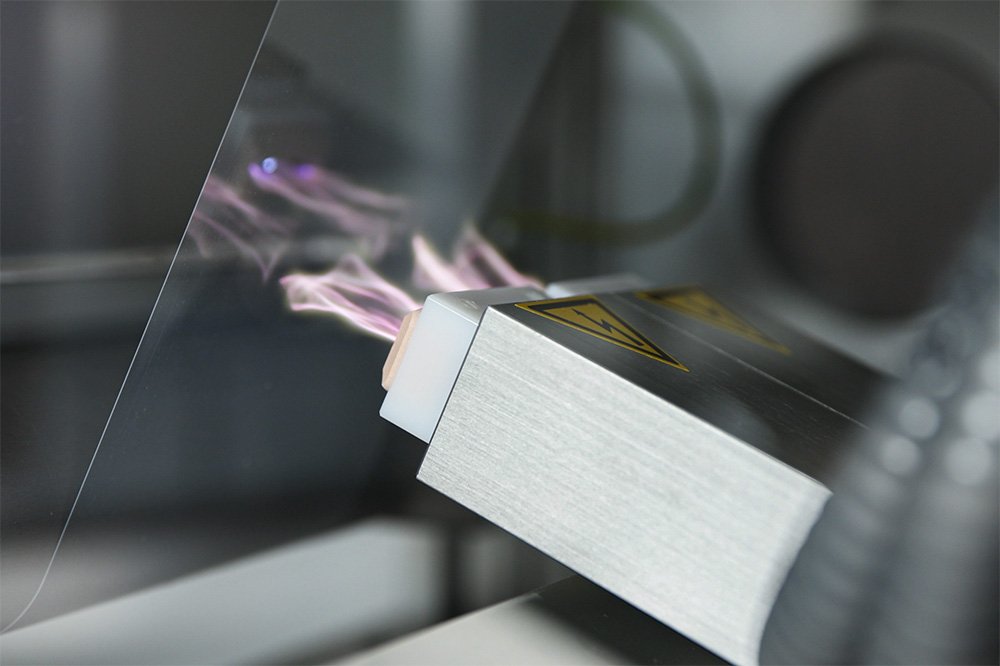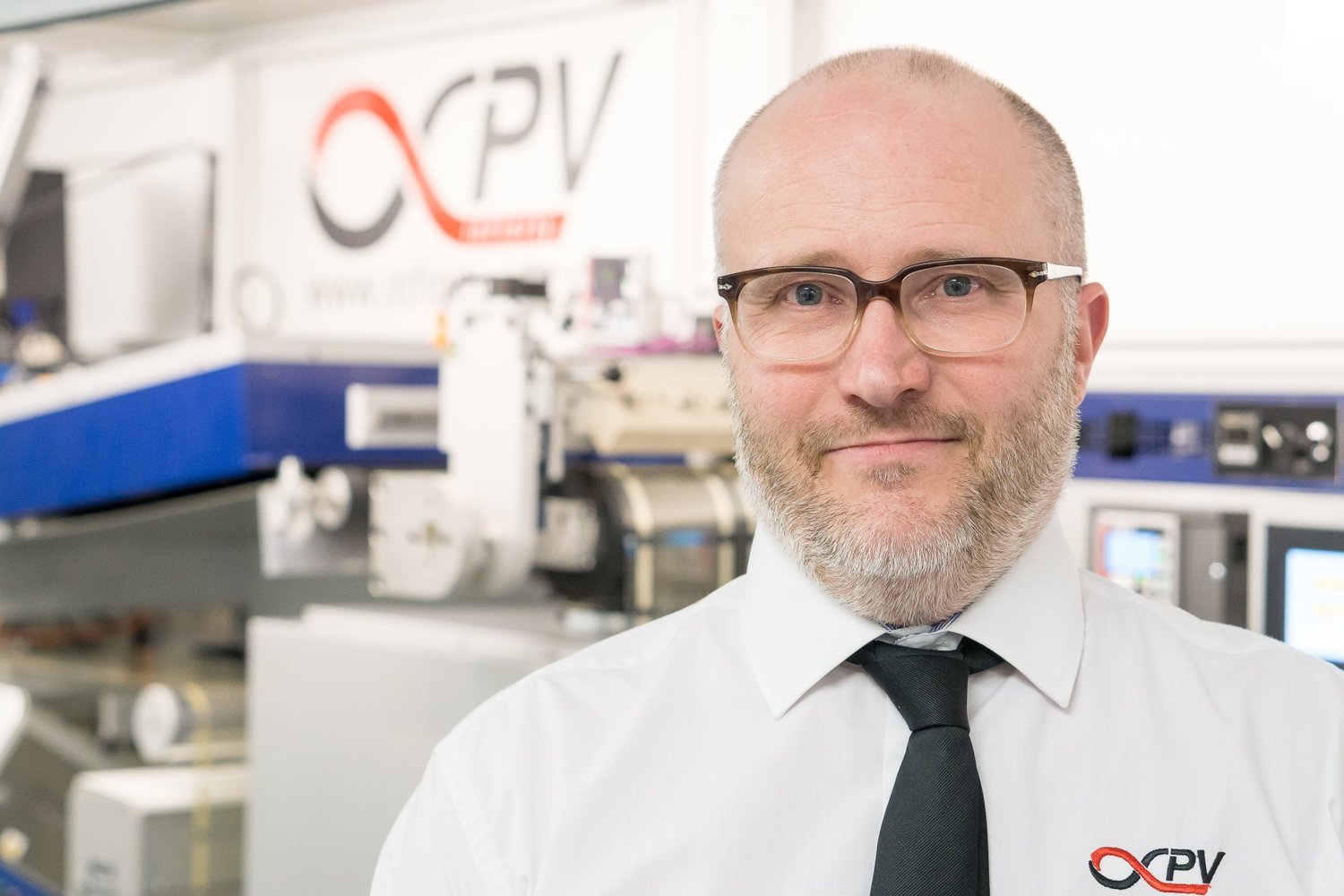The infinityPV Roll-to-Roll Academy aims to educate and engage people, enabling them to explore the potential of R2R applications in their respective field of technology, like next-gen batteries, fuel cell technologies, printed solar, and beyond.
What is a Slot-Die Coater? A Guide to Precision Thin-Film Coating
Discover what a slot-die coater is and how it’s used for precision thin-film deposition in industries like energy storage, printed electronics, and more. Learn about its key benefits, applications, and the difference between compact and large-scale systems.
Slot-Die Coating: 5 Must-Know Tips for Coating Precision and Efficiency
Master slot-die coating with these 5 helpful tips. Avoid common pitfalls, improve coating precision, and ensure smooth, consistent results. Perfect for beginners and experienced professionals alike.
Optimizing Thin Film Drying in Roll-to-Roll Processing: Convection vs. Infrared Ovens
Drying is a critical step in roll-to-roll (R2R) processing, ensuring the stability and performance of thin films. This article compares convection and infrared (IR) ovens, highlighting their advantages, limitations, and best use cases for efficient and high-quality drying.
Understanding Lamination: Applications in Slot-die Coating, Roll-to-Roll Processing, Printed Electronics, and More
Lamination is a crucial manufacturing process that enhances durability, flexibility, and performance across various industries. From printed electronics and solar cells to fuel cells and flexible packaging, lamination, often combined with roll-to-roll processing and slot-die coating, plays a key role in ensuring product quality and efficiency.
What Are Organic Solar Cells and How Do They Work
Organic solar cells (OSCs) offer a promising solution to the limitations of traditional solar panels, with their flexible, lightweight design suitable for applications in wearable electronics, building-integrated technology, and portable devices.
What Is a Sheet Coater? A Key Tool for Lab-Scale Thin Film Coating
A sheet coater is an essential lab-scale tool for thin film deposition, enabling precise and uniform coatings on substrates for applications like printed electronics, solar cells, and batteries.
OLED vs. LED: A Detailed Guide to Modern Display Technologies
Explore the differences between OLED and LED technologies in this comprehensive guide. Learn how both technologies function through electroluminescence, their history, applications, and the advantages and disadvantages of each.
How to Assemble a Slot-Die Head | Step-by-Step Guide
Learn how to assemble, disassemble, and clean your slot-die head in our step-by-step guide. Perfect for ensuring precision and maintaining the longevity of your slot-die coating equipment. Watch the accompanying video for a visual walkthrough and get practical tips for optimal performance.
What is Dry Battery Electrode Technology and How Does It Work?
Discover how Dry Battery Electrode (DBE) technology is transforming the battery manufacturing industry. Learn about the benefits of DBE methods, including eco-friendly production, improved energy density, and cost efficiency.
What Are Solar Cells and How Do They Work?
Solar cells convert light directly into electricity, transforming energy production and its integration into society. This article covers the working principles of solar cells, the importance of semiconductors, and the different generations of solar cell technology, from silicon-based to emerging organic and perovskite solutions.
Maximizing Solar Cell Efficiency: Understanding PCE, EQE, and IPCE
Explore the science of solar cell efficiency, from PCE to IPCE. Understand key parameters like Jsc, Voc, and Fill Factor (FF), and discover how advanced metrics like EQE and IPCE provide deeper insights into solar technology performance
Using LBIC as a Tool for Defect Finding and Surface Analysis of Photodetectors and Solar Cells
LBIC plays a key role in the MADRAS project by providing high-resolution mapping of organic photodetectors and solar cells. This technique uncovers defects caused by the injection-moulding process, enabling targeted improvements in flexible electronics.
Silver Nanowires Explained: How They Work and Their Role in Nanoelectronics
Silver nanowires (AgNWs) are ultra-thin, highly conductive materials redefining the future of electronics. With applications in touchscreens, flexible displays, solar cells, and sensors, their unique properties offer a sustainable alternative to traditional materials like indium tin oxide.
How to Choose the Right Pump for Slot-Die Coating: A Complete Guide
Choosing the right pump for slot-die coating is crucial for achieving precise and consistent results. Our guide covers various pump types, including syringe, gear, and peristaltic pumps, and explains how each contributes to efficient ink delivery, ensuring high-quality coatings for applications such as solar cells, batteries, and printed electronics.
What is Corona and Plasma Surface Treatment?
Surface treatment technologies like plasma and corona are crucial for enhancing the adhesion of inks, coatings, and adhesives, particularly when working with non-porous materials like plastics and polymers.
What is Power-to-X? A Complete Guide to Renewable Energy Storage and Conversion
Power-to-X (often abbreviated as P2X) represents a transformative approach to energy production and utilization, bridging the gap between renewable energy generation and the demands of various sectors in the economy.
What are Supercapacitors?
Supercapacitors, also known as ultra-capacitors or electric double-layer capacitors (EDLCs), are energy storage devices that have a higher capacitance than traditional capacitors.
Non-Heated vs. Heated Slot-Die Heads: The Right Option for Your Coating Process
When it comes to selecting the right slot-die head for your coating application, one crucial decision is whether to opt for a heated slot-die head or non-heated slot-die head. This choice significantly impacts the quality of your coatings and the efficiency of your production process.
Challenges and Solutions When Taking Printed Electronics from Lab to Fab
Scaling printed electronics from the laboratory to large-scale manufacturing presents a unique set of challenges that can impact the efficiency and cost-effectiveness of production processes
How to Select the Right Slot-Die Head for Your Coating Application
Selecting the appropriate slot-die head is crucial for optimizing the performance of your coating processes in various applications. Different slot-die heads have different advantages/disadvantages and the choice of slot-die head can significantly impact the ...
Build Your Own R2R Lab Coater
With its modular design, the Laboratory Roll-to-Roll Coater empowers you to customize your system with the components you need. Choose between slot-die heads, flexographic printers, slurry coaters, air knives, drying and curing units, knife cutters, laminators, laser systems and more.
We Are Ready to Help You
With decades of experience in printed electronics, our team is here to provide in-depth guidance on choosing the right system for your needs. Whether you're exploring advanced production methods or need help fine-tuning your setup, we offer expert advice tailored to your project. Contact us to discuss how we can support your solar cell development.






















